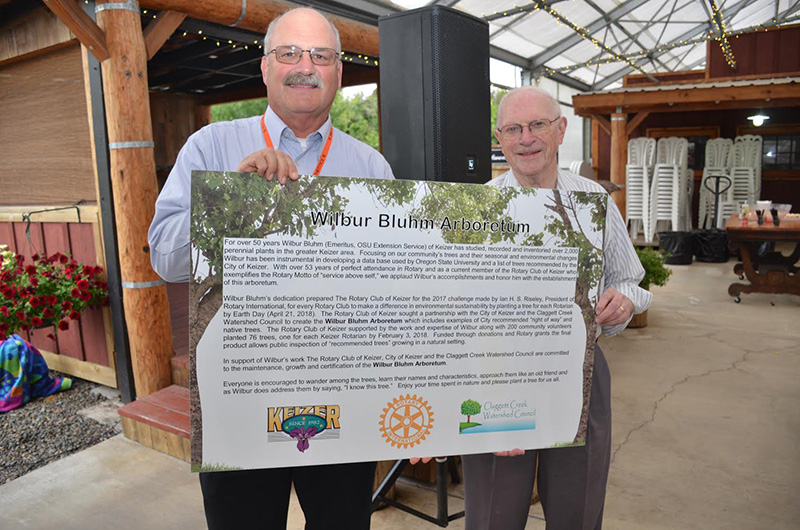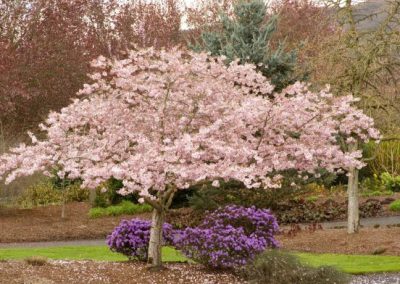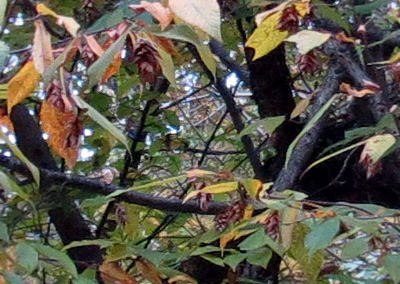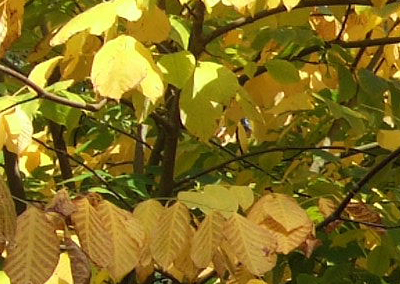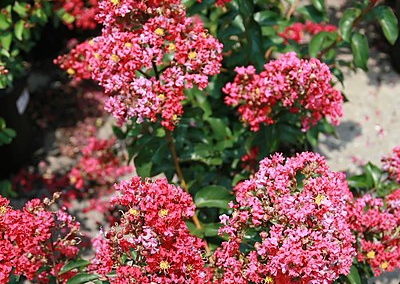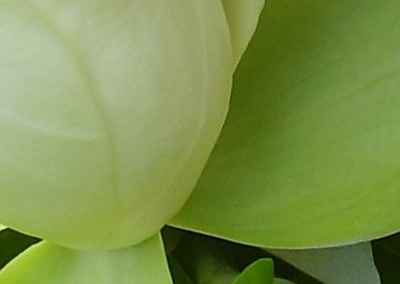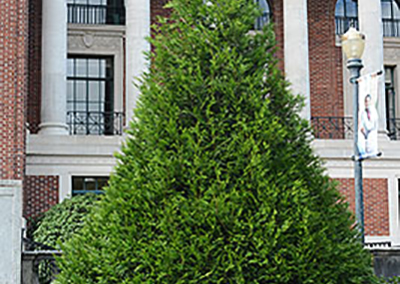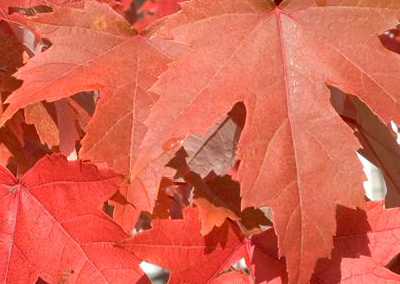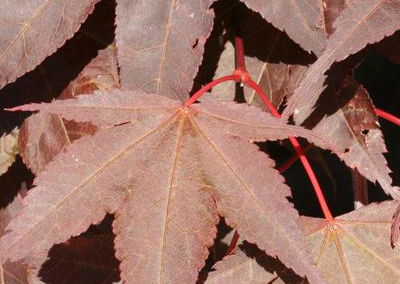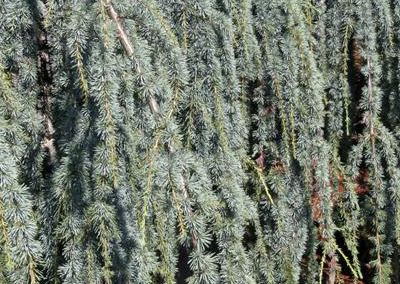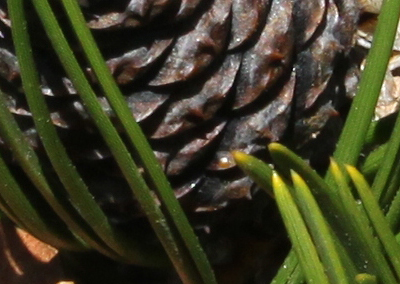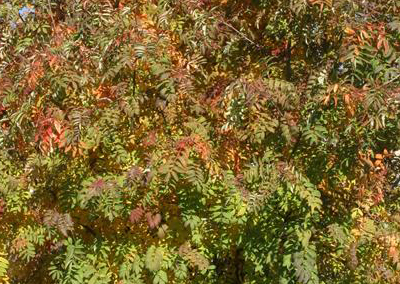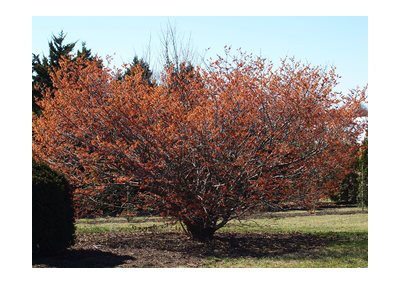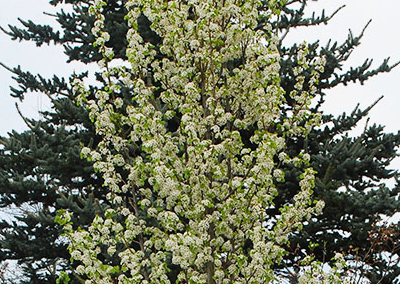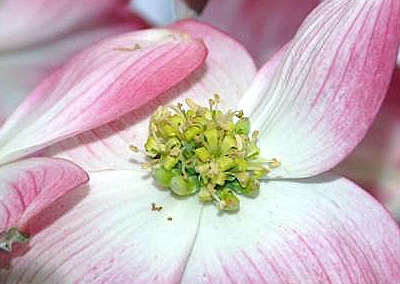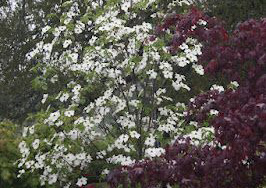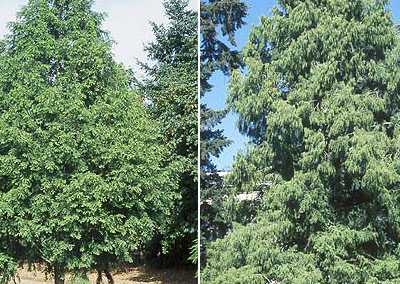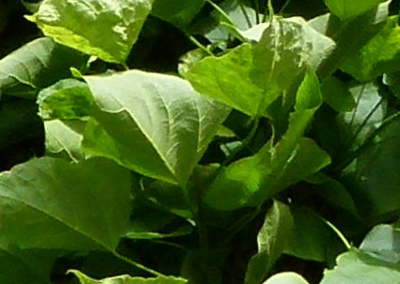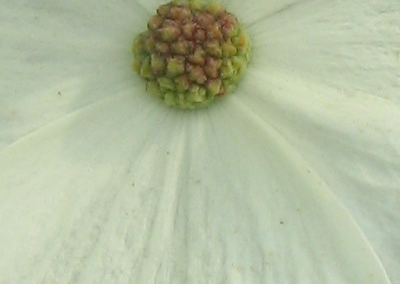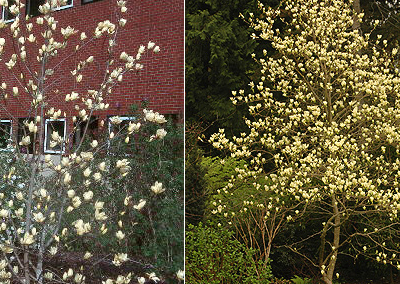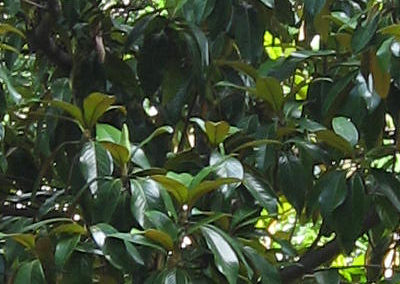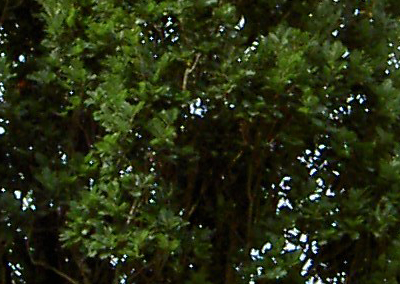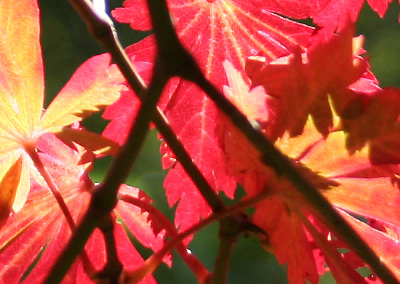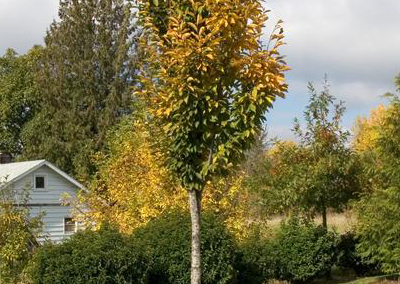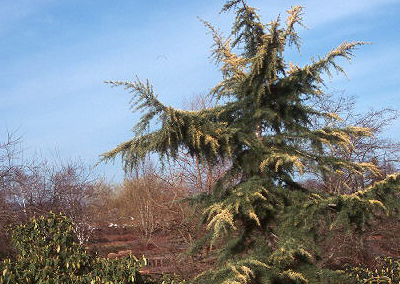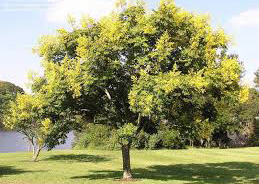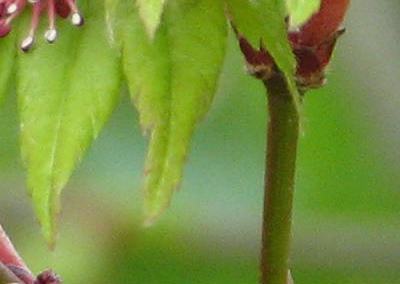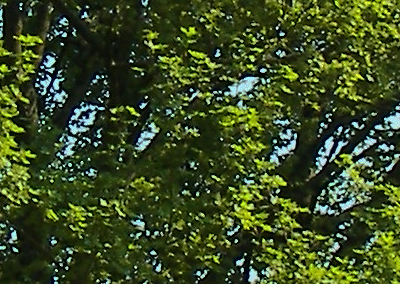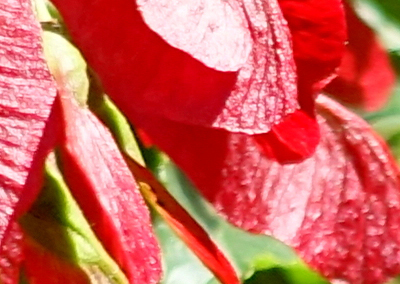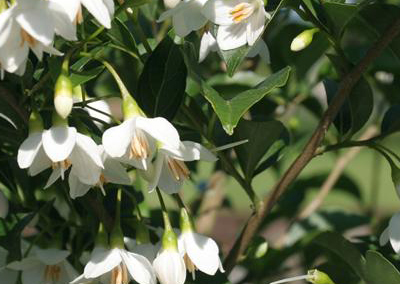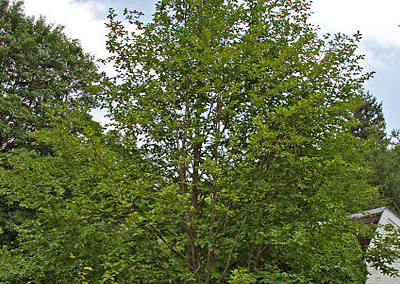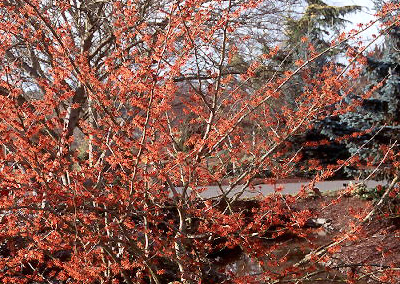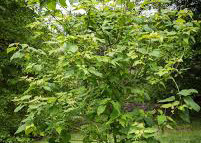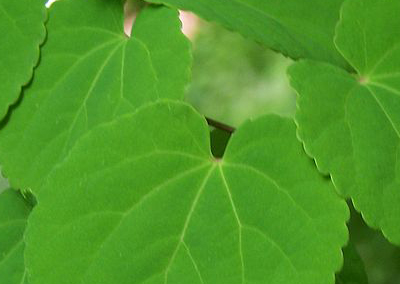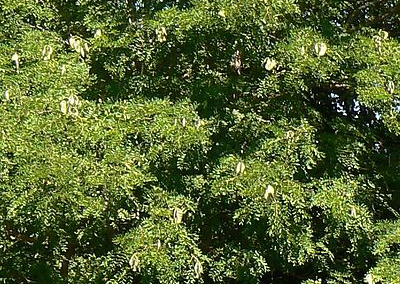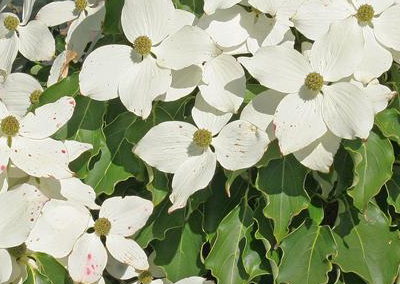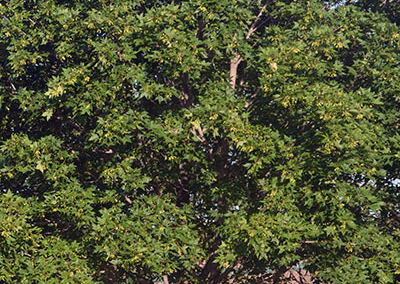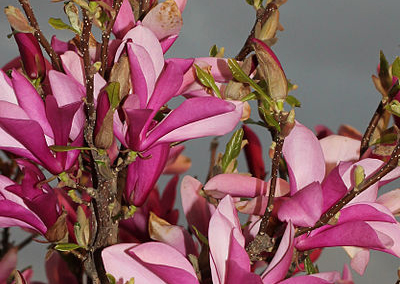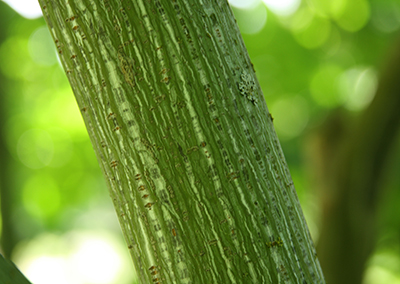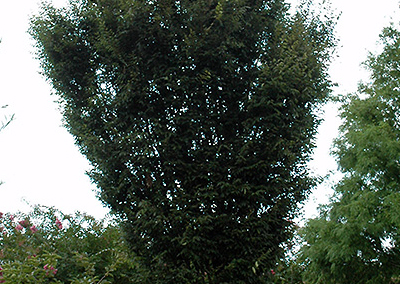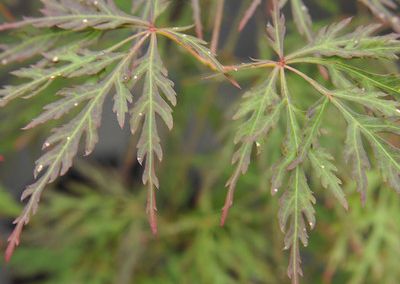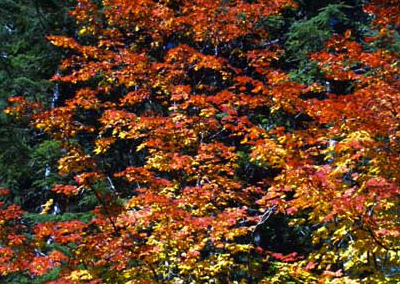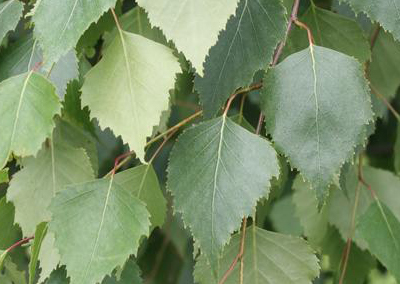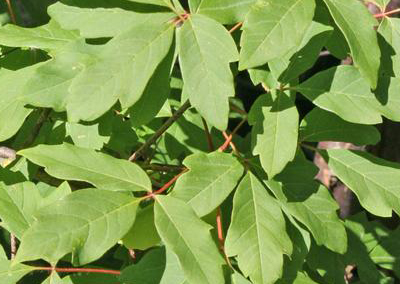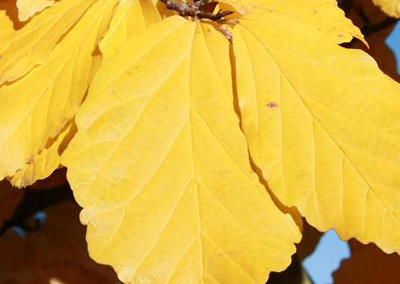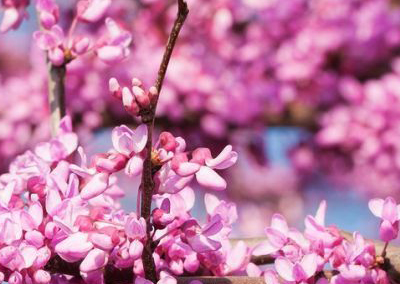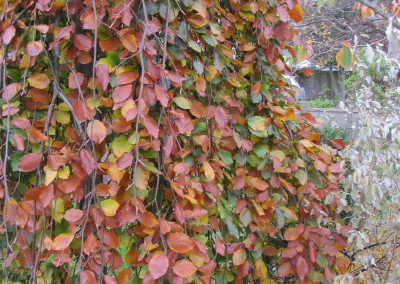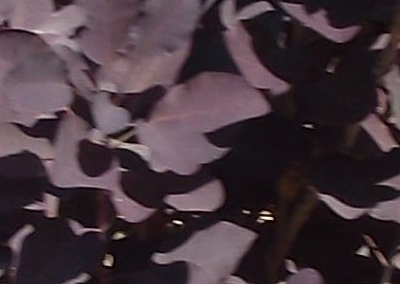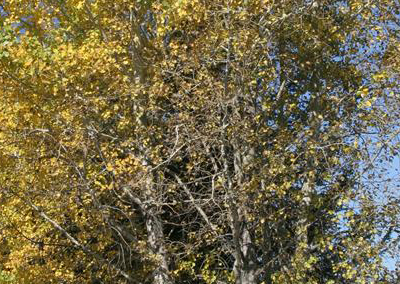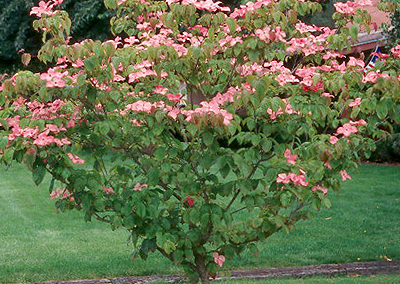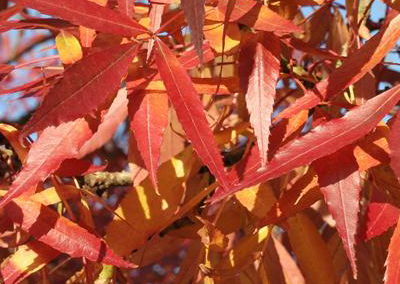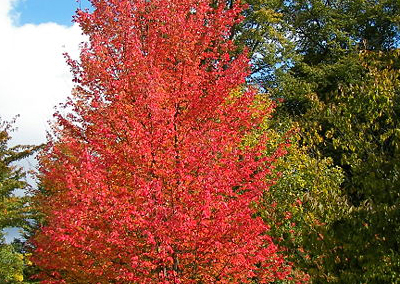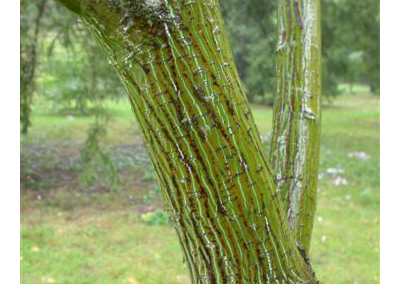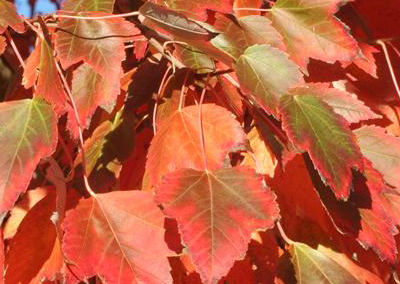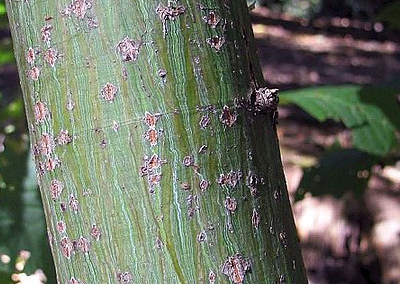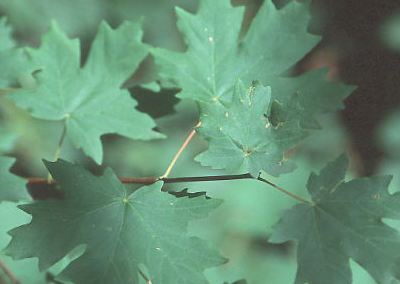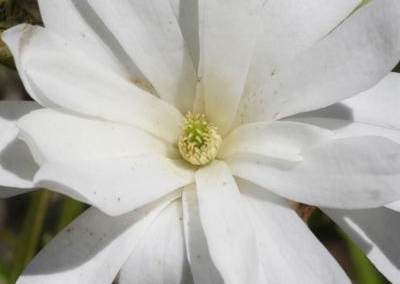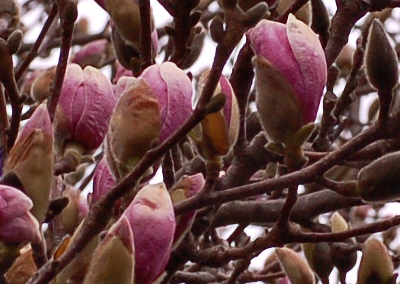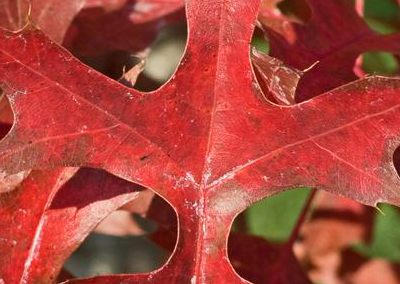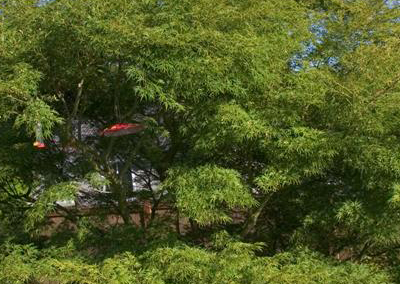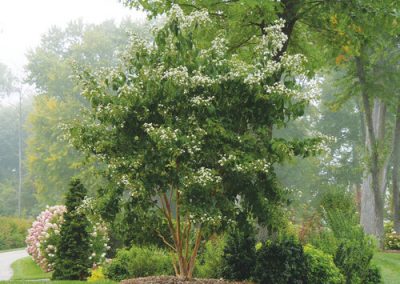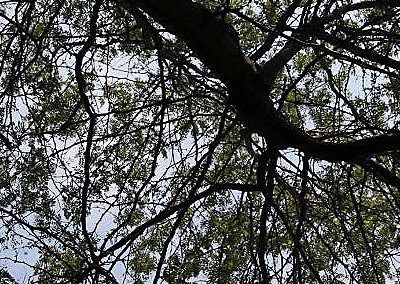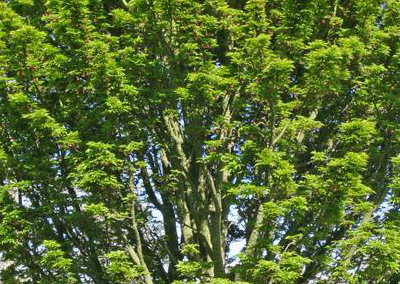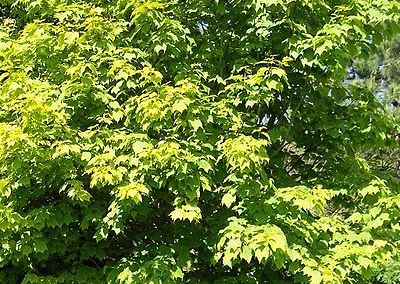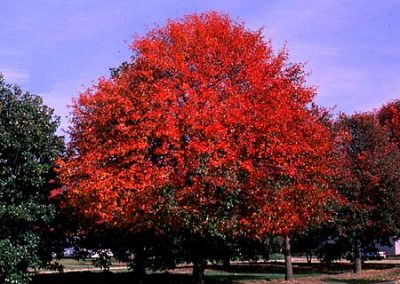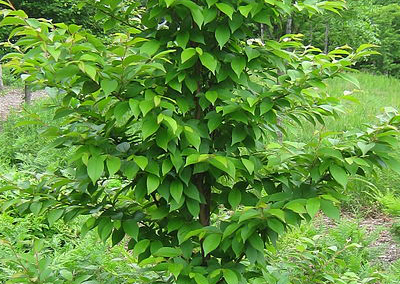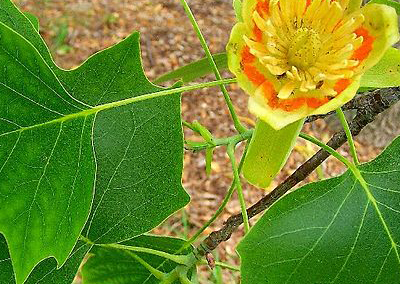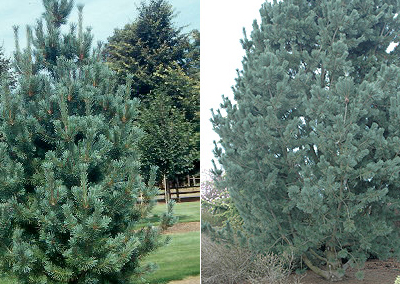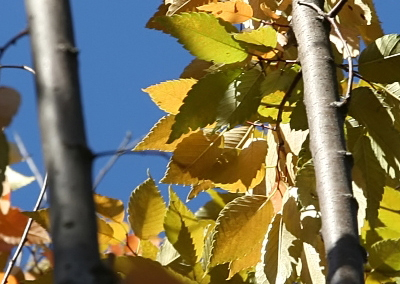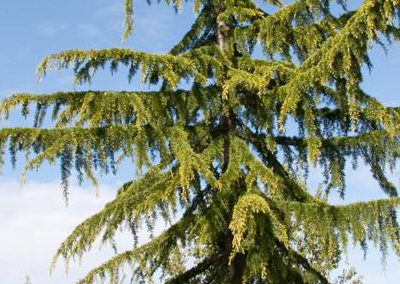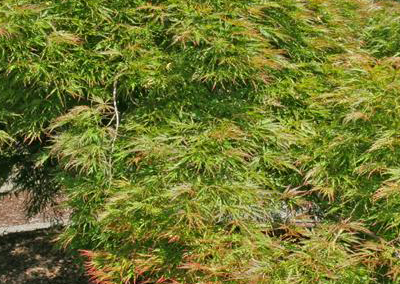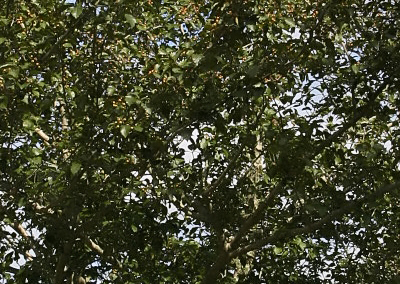Keizer Rotary
Wilbur Bluhm Arboretum
RI President Ian H.S. Riseley challenged all 1.2 million Rotarians to take action on Earth Day 2018 to plant a tree.
About Wilbur Bluhm
For over 50 years Wilbur Bluhm (Emeritus, OSU Extension Service) of Keizer has studied, recorded, and inventoried over 2,000 perennial plants in the greater Keizer area. Focusing on our community’s trees and their seasonal and environmental changes Wilbur has been instrumental in developing a data base used by Oregon State Univesrity and a list of trees recommended by the City of Keizer. With over 53 years of perfect attendance in Rotary and as a current member of the Rotary Club of Keizer who exemplifies the Rotary Motto of “service above self,” we applaud Wilbur’s accomplishments and honor him with the establishmnet of this arboretum.
Earth Day, 2018— people around the world helped protect our planet by cleaning up their communities, planting trees, contacting elected officials to urge support for environmental protection, or otherwise showing their support for renewable energy and conservation.
For Keizer Rotary that meant planting 76 trees. To this end, Keizer Rotary sought a partnership with the City of Keizer and the Claggett Creek Watershed Council to create a “Keizer Rotary Arboretum.” The final product allows public inspection of “recommended trees” growing in a natural setting using signage, a project map, and internet technology.
Where
The arboretum is located in Keizer Rapids Park. Soil conditions including drainage, area size availability, proximity to water for irrigation, parking, pedestrian access, and area planning were among the criteria considered for selecting the location. The arboretum is near the east border of the park, starting from the Willamette River and running primarily north. As the trees mature, the sound barrier between the neighborhood to the east and Keizer Rotary Amphitheater to the west will improve.
Environmental Impact
The size of the tree at maturity including the expected canopy as well as the nature of the root system has been taken into consideration. It is anticipated some trees will be planted west of the walkway but not to encroach on the current concept of an “open field” as detailed in the KRP master plan. Irrigation water is readily available at this site. An appropriate irrigation system will eventually need to be installed to avoid hand watering.
The Trees
- All
- Acer
- Betula
- Carpinus
- Catalpa
- Cedrus
- Cercidiphyllum
- Cercis
- Cladrastis
- Cornus
- Cotinus
- Crataegus
- Fagus
- Fraxinus
- Ginkgo
- Gleditsia
- Gymnocladus
- Heptacodium
- Hybrid Trees
- Koelreuteria
- Lagerstroemia
- Liriodendron
- Magnolia
- Metasequoia
- Nyssa
- Ostrya
- Parrotia
- Pinus
- Populus
- Prunus
- Pyrus
- Quercus
- Sciadopitys
- Sequoia
- Sorbus
- Stewardia
- Styrax
- Syringa
- Thuja
- Ulmus
- Zelkova
Information provided by:
Oregon State University’s “Landscape Plants” database
University of Florida’s Tree Fact Sheet Collection
Washington State University’s “Northwest Plants Database System”
Warren, Keith S., and Michael A. Dirr. The Tree Book: Superior Selections for Landscapes, Streetscapes, and Gardens. Timber Press, 2019.

